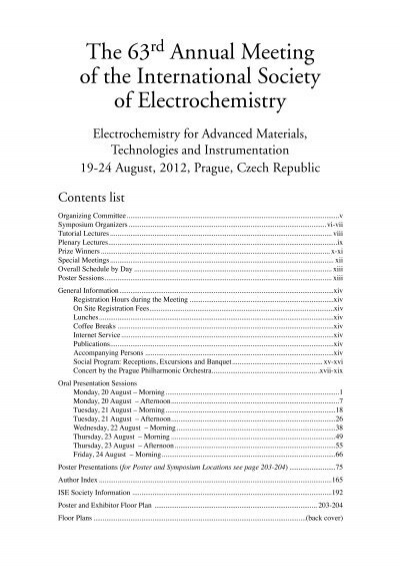Oregon’s distracted driving law generally bans all text messaging and other mobile electronic device use while driving. Here’s an overview of what the law prohibits and the penalties you’ll face for a violation.
Drivers Eugene Gavrilov Mobile Phones & Portable Devices Wireless
What’s Prohibited
IMPORTANT INFORMATION FROM CHASE: 1 Service Fee: Chase Total Checking has no Monthly Service Fee when you do at least one of the following each statement period: Option #1: Have monthly direct deposits totaling $500 or more made to this account excluding when you cash out your Grubhub delivery earnings through the Grubhub for Drivers app; OR, Option #2: Keep a balance at the beginning of each. Here you can find available USB Drivers for your GENERAL MOBILE Android phone and tablet. In this updated section, we try to help you find all types of downloads, links and help to connect your Android device to your PC.
An Oregon driver commits the offense of “driving a motor vehicle while using a mobile electronic device” by driving on a highway or premises open to the public while:
- holding a mobile electronic device in a hand, or
- using a mobile electronic device for any purpose.
In other words, you can get ticketed for talking on a cellphone, text messaging, or just holding your device.
Driving. For purposes of the distracted driving law, “driving” means operating a motor vehicle on a highway or any other location open to the public. And this definition isn’t limited to when the vehicle is actually in motion—it also includes momentary stops such as when a driver is waiting in traffic or at a traffic signal. However, it’s okay for a driver to use a mobile device after pulling over to a safe spot at the side of or off the road or parking in a designated space.
Mobile electronic devices. The distracted driving law defines “mobile electronic device” as any electronic device that’s not installed in the vehicle. This definition includes devices like cellphones and tablets that are capable of text messaging, voice communication, entertainment, navigation, or accessing the Internet or email.
Exempted persons. Oregon’s distracted driving law contains a number of exemptions. Two of the more common exemptions are for persons who:
- just activate or deactivate a device or function of the device, or
- are employed as a commercial or school bus driver and use a device within the scope of that employment.
Affirmative defenses. Motorists who are caught using a mobile device can establish a defense by proving they were:
- using a hands-free accessory (and at least 18 years old)
- using the device to communicate with emergency services personnel such as police or an ambulance
- driving an emergency vehicle (ambulance, firetrucks, and police cruisers included) and using the device within the scope of that employment, or
- using a medical device.

Drivers Eugene Gavrilov Mobile Phones & Portable Devices
With all these defenses, it’s the driver who has the burden of proof. In other words, the driver must present evidence in court and convince the judge that the defense applies.
Enforcement and Penalties
Drivers Eugene Gavrilov Mobile Phones & Portable Devices 2017
Oregon’s distracted driving statute is considered a “primary” law—meaning an officer who spots a violation can stop the driver without having another reason for doing so. The consequences of a violation depend on the circumstances. But generally, the possible penalties are:

- First offense. A first distracted driving violation is generally a class B traffic violation and carries a presumptive fine of $265 (maximum fine of $1,000). However, a first violation that contributes to an accident is a class A traffic violation, which results in a $440 presumptive fine (maximum fine of $2,000).
- Second offense. A second distracted driving violation within a ten-year period is a class A traffic violation and carries a $440 presumptive fine (maximum fine of $2,000).
- Third offense. A third or subsequent distracted driving violation within is a ten-year period is a class B misdemeanor. Convicted motorists face a fine of $2,000 to $2,500 and up to six months in jail.
For a first violation, a judge has the option of suspending the fine for 120 days and allowing the driver to complete a “distracted driving avoidance course.” Once the driver provides proof of completion, the judge dismisses the fine. The driver, however, must pay the cost of the course.